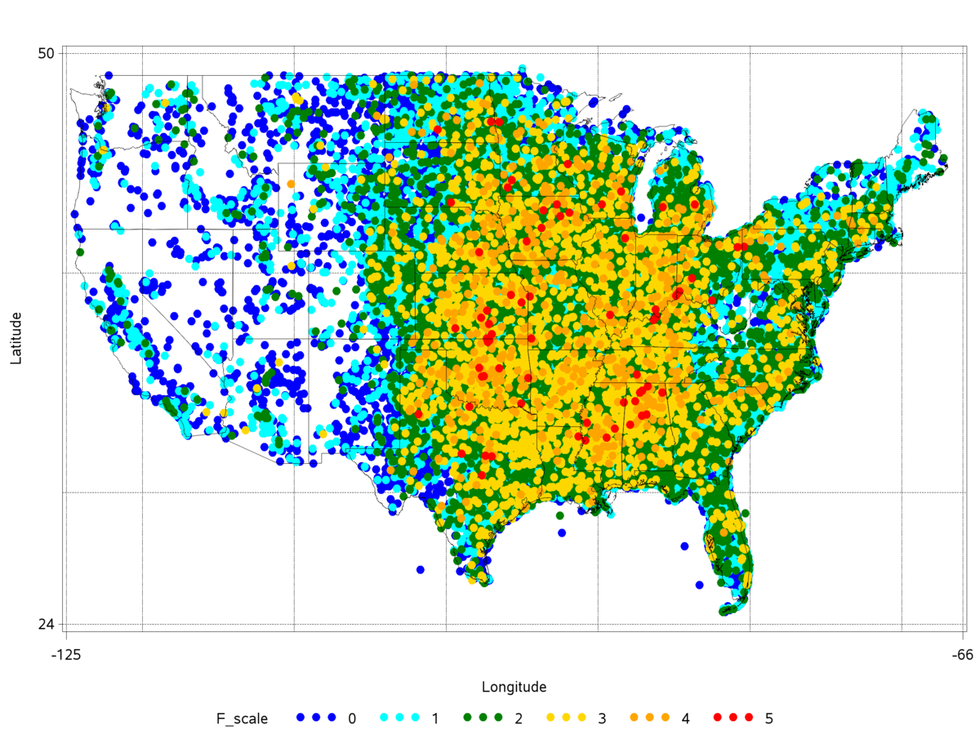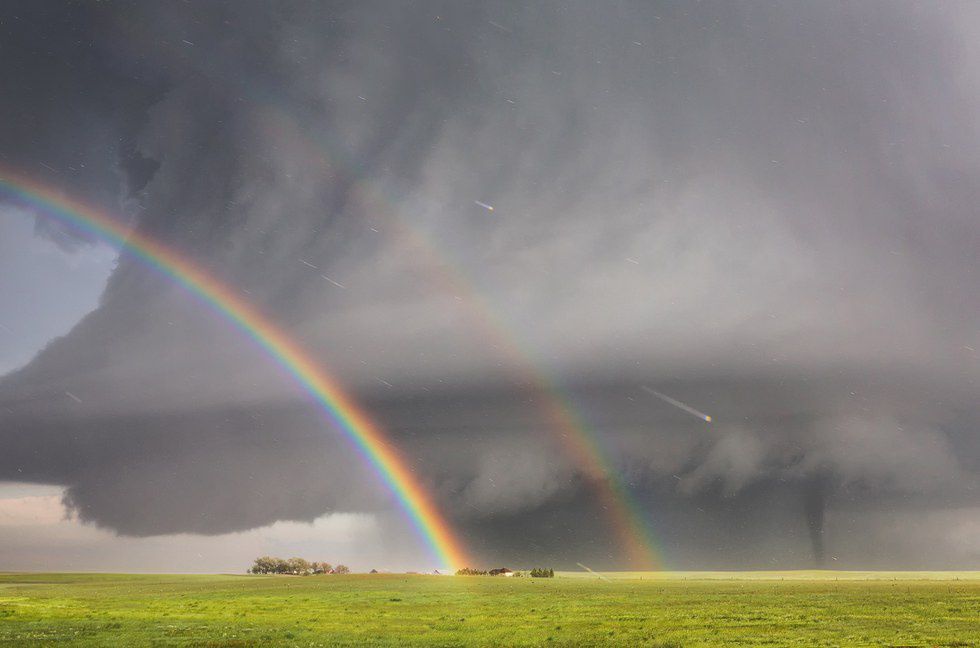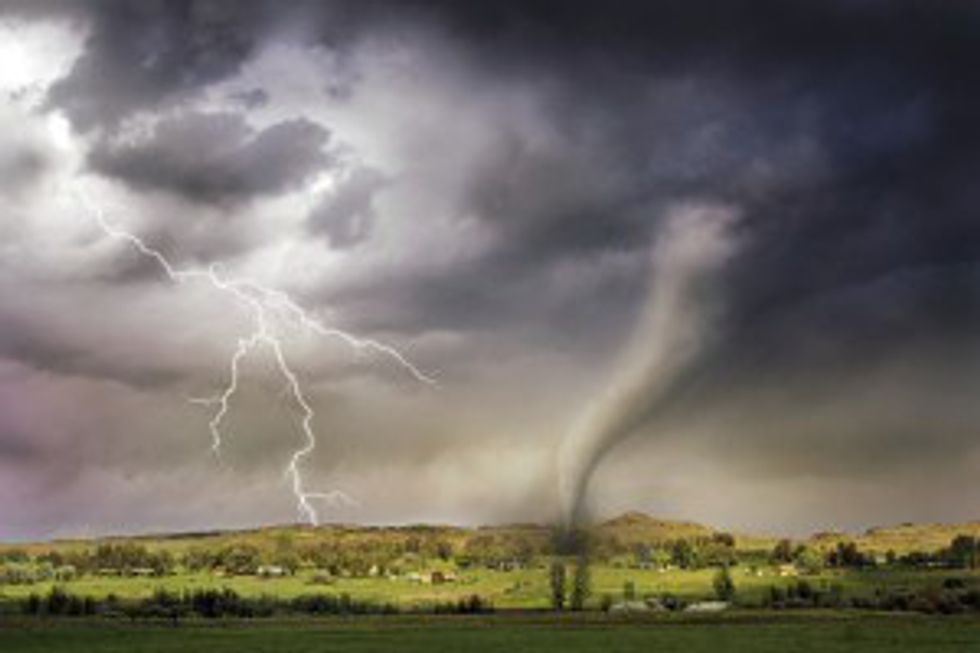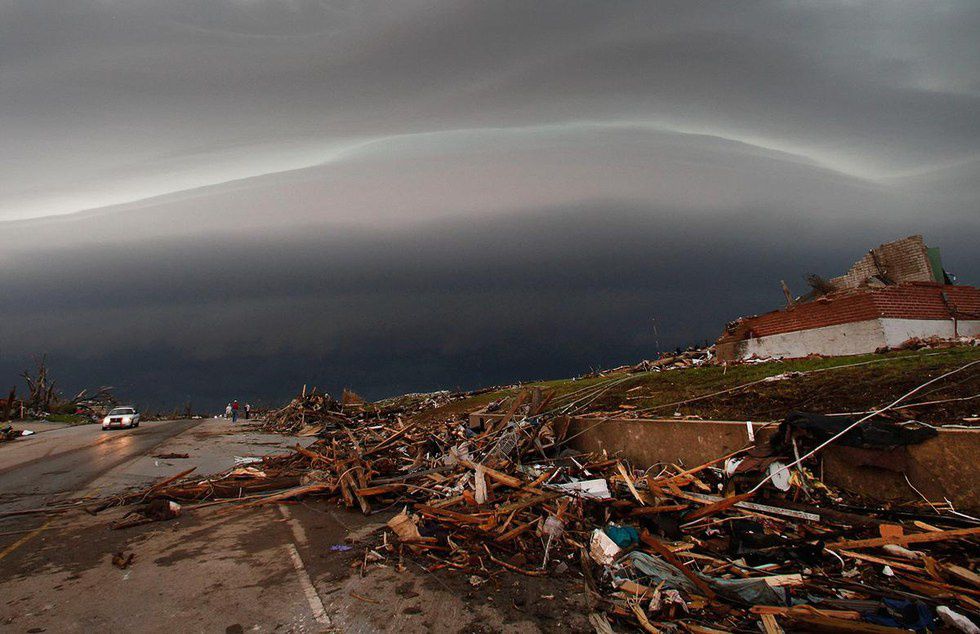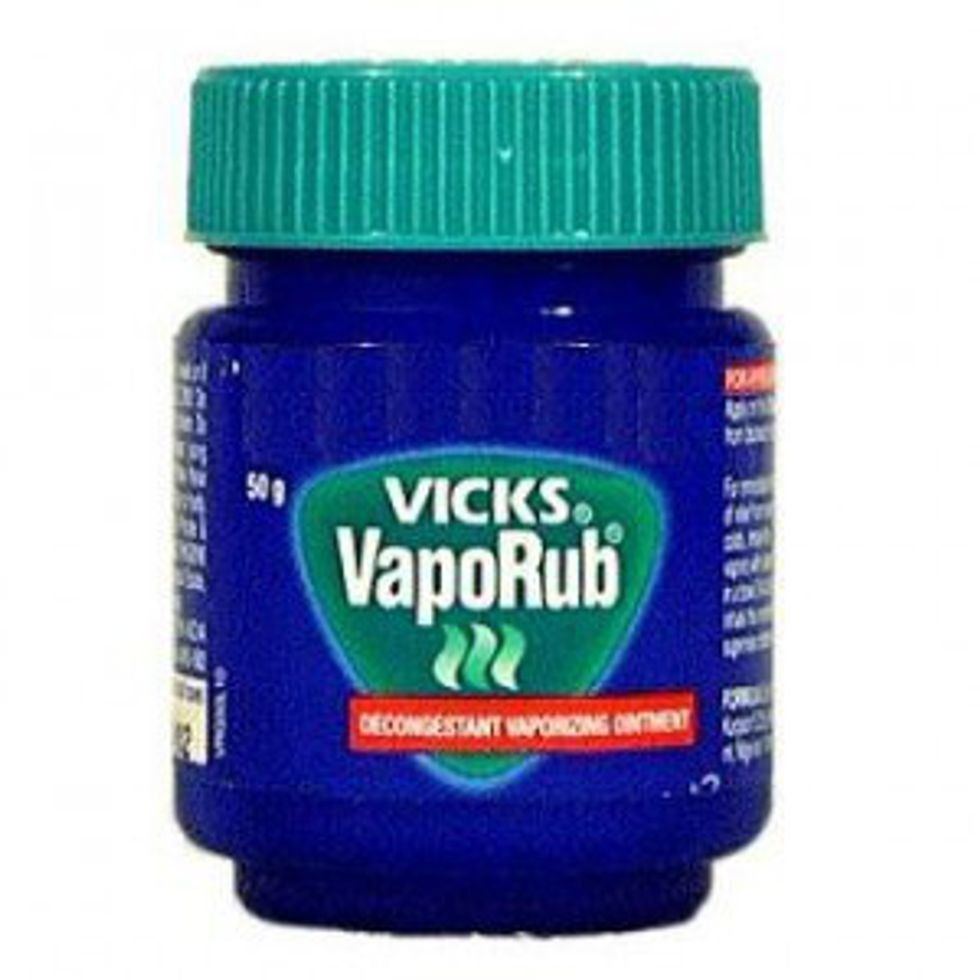It’s tornado season, and we live right in Tornado Alley. Or if you don’t, perhaps you just go to school in the region. This area of the Great Plains has the highest concentration of tornadoes in the U.S. With this consistent threat each year, we have adapted to the unique requirements of being safe and aware in this environment. That means we’ve all grown up with tornado drills in school, being used to the sound of a tornado drill siren once every month, and learning how they’re formed and how to notice the signs.
Some of the signs of an approaching tornado are a dark, greenish sky, wall clouds, large hail, or a sudden stillness in the air after the wind dies down. If you notice these, you should check the local weather alerts and take shelter.
Tornadoes are a powerful force with a huge potential for destruction. Classified as natural disasters, a tornado can travel miles and uproot everything in its way. You may have been personally affected by the occurrence of a tornado, or you may know someone who has lived through it.
Even though they are terrible and kind of scary, sometimes we can’t help but be fascinated by tornadoes and thunderstorms. Storm chasing is prevalent among the more adventurous of us, who wish to see them closer up and capture amazing photos and videos of the natural phenomenon. I prefer to stay indoors, but I do like to look at pictures of them.
As Midwesterners, we are so used to the ideas of basements, sirens, and safety knowledge, it baffles us when we hear about other people living in houses without basements or not knowing that you shouldn’t drive in your car during a tornado. But we never worry about hurricanes or earthquakes. It’s a different mindset, living in certain areas of the world. You adapt to the circumstances and prepare for the worst case scenario. By being aware of safe practices and looking out for each other by making sure those around us are also prepared, we can keep our fellow Midwesterners and visitors safe in any instance.
"Prepare for tornadoes by gathering emergency supplies including food, water, medications, batteries, flashlights, important documents, road maps, and a full tank of gasoline."
"When a tornado approaches, anyone in its path should take shelter indoors—preferably in a basement or an interior first-floor room or hallway."
"Avoid windows and seek additional protection by getting underneath large, solid pieces of furniture. (You may want to cover yourself with a mattress or other type of padding if you can.)"
"Avoid automobiles and mobile homes, which provide almost no protection from tornadoes."
"Those caught outside should lie flat in a depression or on other low ground and wait for the storm to pass."
"After a tornado, stay away from downed power lines and avoid igniting fire or electricity because there could be gas leaks. Get in contact with your family and wait for emergency personnel to arrive."
Some of the most touching and inspiring stories have come out after tornadoes, speaking of survivors helping each other and working together to build back up the communities. It’s not unusual for neighbors to reach out to provide support to those in need. Once it has happened, there's not much you can do besides start the clean up process and go from there. Oftentimes, people are left without anything or with the loss of a family member, and it is heartbreaking. We all usually feel pretty safe, but it is surprising and jarring to remember that it could happen to you.



